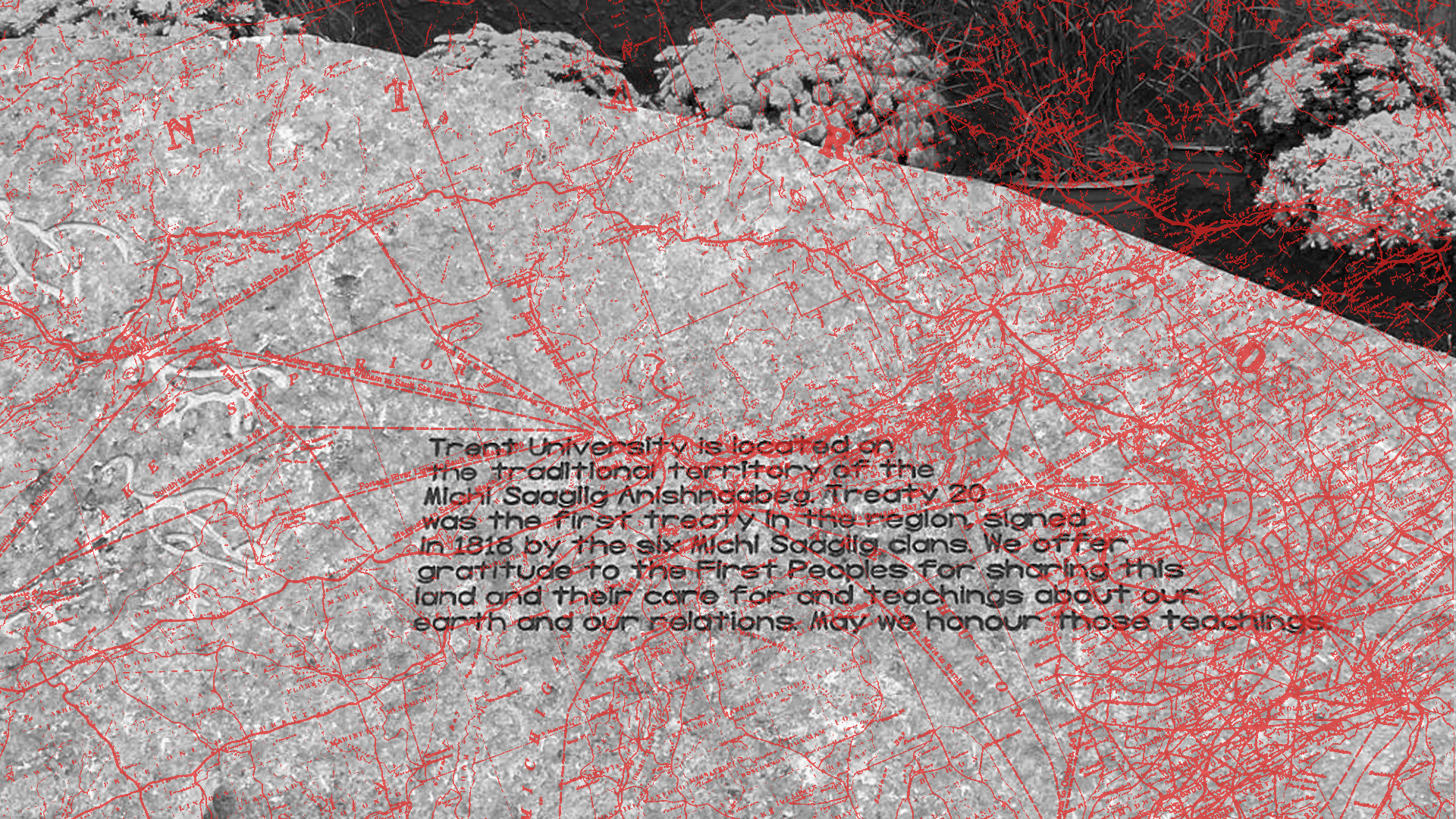During an open meeting with the President held on Thursday morning (March 7) Trent University’s President Leo Groarke addressed staff and faculty members on the current state of post-secondary education in the Province.
“As I get closer to the end of my term, I get a little bit more frank, so I will say there's a technical term: It's a shitshow,” the President said to the laughter of those in attendance.
“The point I want to make though is—not for Trent,” Groarke continued. “It’s kind of important, I think, for the post-secondary sector, for those of us in it, to understand what’s going on and to in whatever way we can, small or big, to push things in the right direction.”
The “shitshow” Groarke referenced is due to a confluence of factors including decades of successive governments in Ontario not funding the post-secondary sector, even prior to Doug Ford’s decision to reduce and then freeze domestic tuition in the province in 2019.
Citing a recent article by post-secondary strategist and author, Alex Usher, Groarke noted that over the previous four decades “Ontario has consistently ranked last in per-student public funding of post-secondary education.”
Reading from Usher’s article, Groarke continued: “Grants to institutions have been held roughly constant since about the time Kathleen Wynne took power—over the past decade, the real value of these grants has fallen by 28%. When Doug Ford came to power, he reduced and then froze tuition fees without compensating institutions; as a result, the real value of fees has gone down by 25% since 2018.”
“Imagine trying to run a business and the revenue you generate, the prices you're allowed to give, are what the prices were 11 years ago,” Groarke asked the room. “This has started to create a very significant crisis in the system.”
“Kind of the canary in the coal mine, if I can put it that way, is Laurentian University,” he said, referring to the Sudbury-based university, which filed for insolvency in 2021 and saw nearly 70 programs cut while 200 staff and faculty lost their jobs.
Other factors Groarke spoke to is the Federal government’s decision to place a cap on international student visas and reduce the total number of permits available across the country by 35%, which he noted Usher suggests will impart “a sector-wide hit of about $1.8 billion” in Ontario.
Additionally, while Trent and other universities are recognizing the recently announced $1.3 billion in provincial funding for post-secondary institutions, the same funding has been referred to as a “drop in the bucket” by the Ontario Confederation of University Faculty Associations (OCUFA).
“The deficits Ontario universities face are due to a manufactured crisis by the province due to chronic underfunding. And this new spending will keep Ontario’s universities dead last in per-student funding compared to every province in the country,” OCUFA executive director Jenny Ahn said in a press release the day the funding was announced.
Groarke would note later on in the meeting that his conservative estimate on the impact of this new funding for Trent would equate to approximately $3–5 million in extra revenue for the school over the next three years.
“The bottom line is we're in a very strange situation,” Groarke said, “but Trent is doing very, very well.”
“If we assume that we're allowed to get roughly the same number of international students next year, as we have this year then our budget is going to be fine,” he continued. “But it is a question mark at this time.”
Currently, approximately 20% of Trent’s student population is made up of international students across its two campuses. The most recent numbers supplied to Arthur by Trent indicates a total of 2,799 students with 1,041 studying at Trent’s Durham campus and 1,758 studying in Peterborough
About a quarter of the total (673) are graduate students, a notable point given the Federal government’s cap does not place a limit on post-graduate and professional study permits for international applicants.
Director of Trent International, Cath D’Amico, also provided insight into some of the next steps regarding how provincial attestations for study visas were being rolled out across the country.
As Ontario has yet to provide post-secondary institutions with their allocations of permits for the upcoming year, D’Amico has had to look at other provinces who have started to do so.
“We are waiting, we are running numbers, we are working with institutional research, we're playing all the different scenarios,” D’Amico said. “I think Trent's in a good situation, I think that we've been very responsible in how we've managed our international students.”
Since 2016, the number of international students studying at Trent has increased by nearly triple the national average enrolment increase over the same time period.
Other news arising from the open meeting included Groarke reporting that Vice President of Communications and Enrolment, Marilyn Burns, had recently been re-appointed to a five-year term.
When making this announcement, Groarke also noted the unique portfolio Burns holds as in addition to her duties overseeing enrolment and communications strategies at the university, she also oversees the administration of Trent’s Colleges which play a key role in a student’s academic and social life while studying at Trent.
Groarke noted that former Provost and Vice-President Academic Jacqueline Muldoon “hated” dealing with the colleges, Groarke had to figure out what to do with them once Muldoon left and current Provost, Michael Khan was hired.
“When Michael became Provost, one of the questions was ‘what do we do with the Colleges?’ and I gave the Colleges to Marilyn just because Marilyn loves the Colleges,” Groarke said.


.png)

.jpg)





.jpg)


.jpg)











.png)